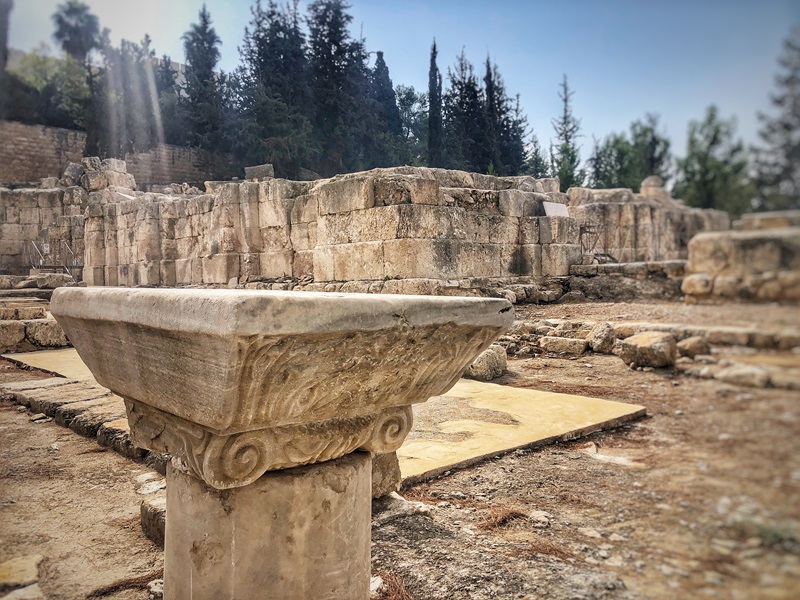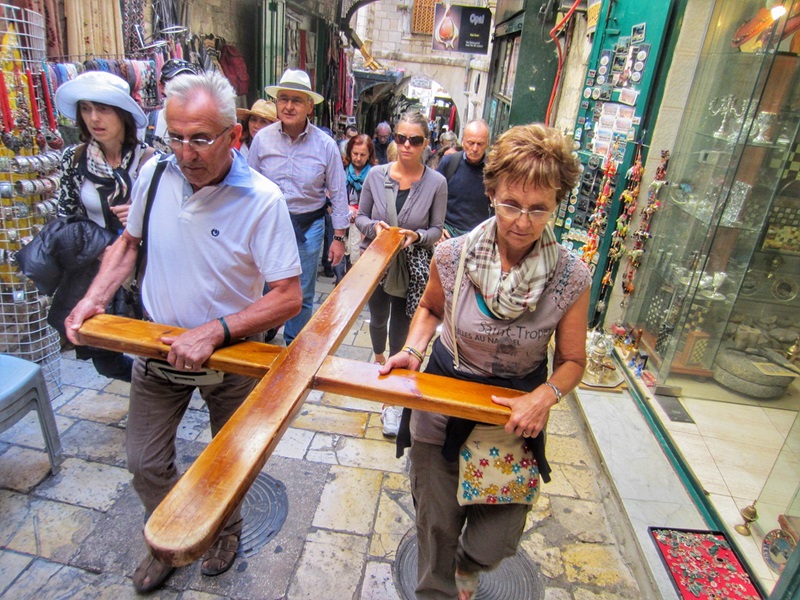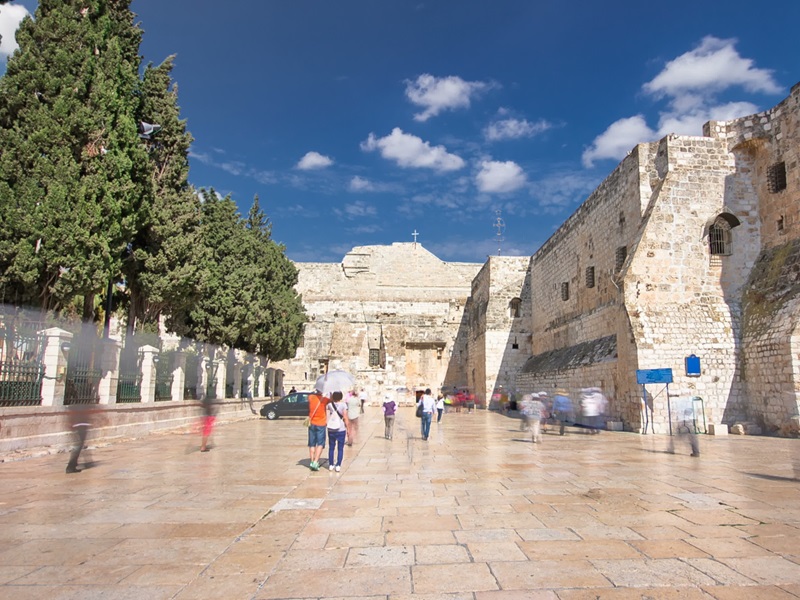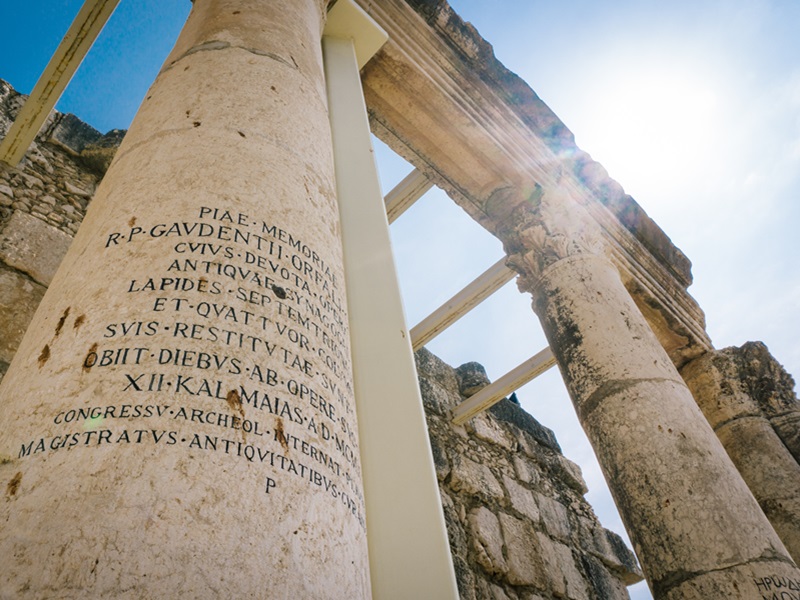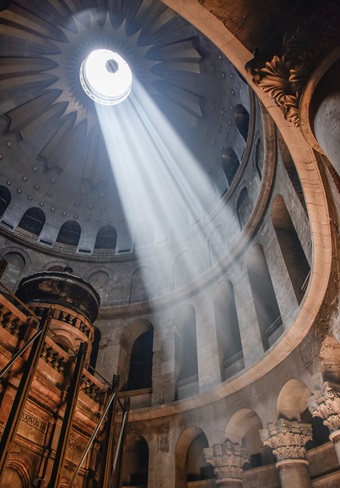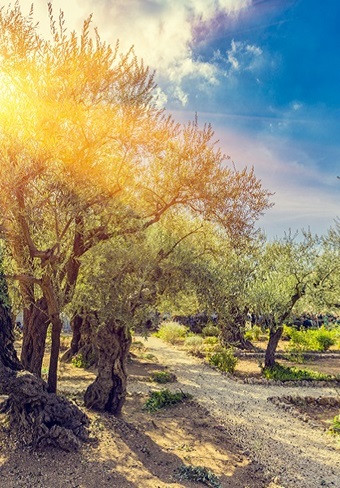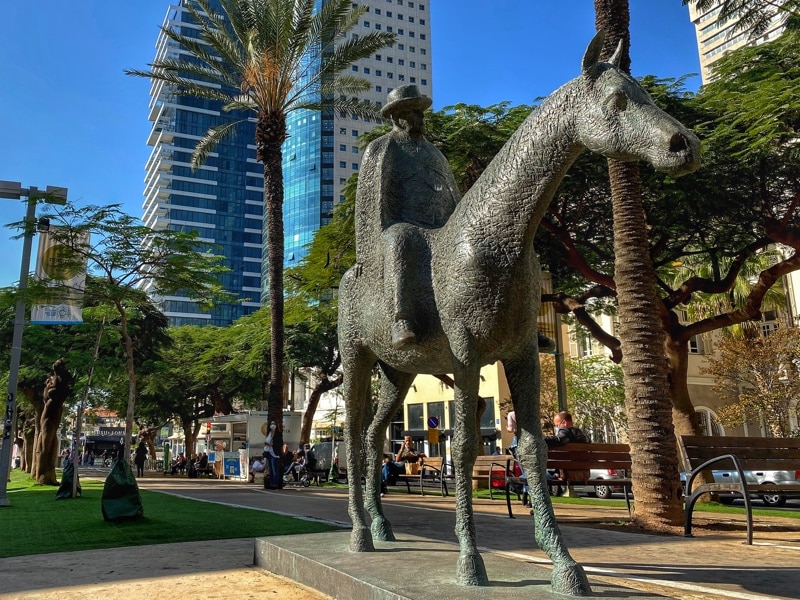Garden of Gethsemane – A Spiritual Sanctuary
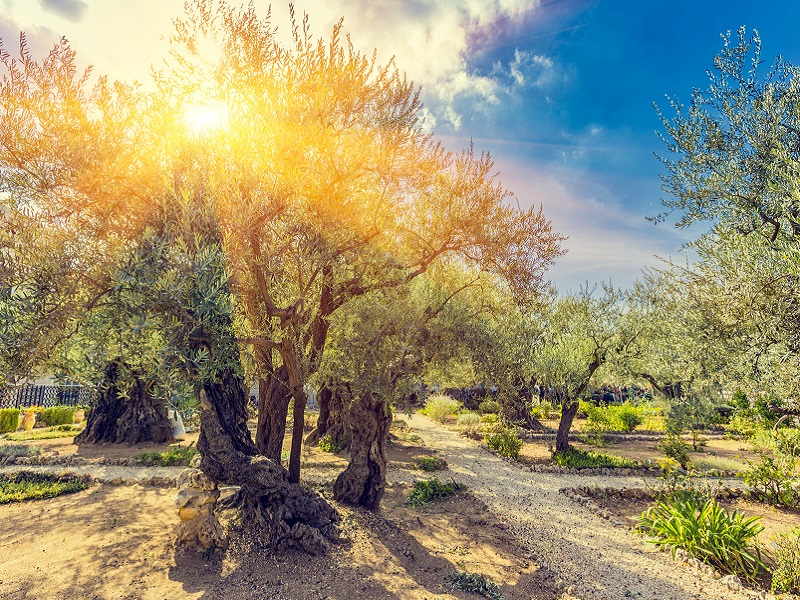
Nestled at the base of the Mount of Olives, the Garden of Gethsemane holds a profound significant in Christian history and faith. This revered location is renowned for being where Jesus, following the last supper, spent moments in fervent prayer before his arrest.
A Brief Historical Review
Gethsemane is located at the foot of Mount of Olives and adjacent to Jerusalem’s Old City. Its name derives from the Aramaic term “press of oils” or “oil press,” suggesting Gethsemane was an olive oil production for Mount of Olives. Documented in all four Gospels as the site of Jesus’ prayer and arrest, in the 4th century, it transformed into a holy site and a famous Christian Pilgrimage destination. The Byzantine-era church constructed within the garden sanctified the rock believed to be where Jesus prayed so earnestly that his sweat became “like drops of blood” (Luke 22:44). The church underwent restoration by the Crusaders but was dismantled after their expulsion from the Holy Land. The present church was completed in 1925, following the original Byzantine-era church’s scale, style, and orientation.
Visiting the Garden of Gethsemane
The Garden of Gethsemane welcomes visitors free of charge every day of the week. Upon entering it, you are greeted by Centuries-old olive trees that contribute to its tranquil and timeless ambiance. Behind it stands the “Church of all Nations,” funded by Catholic communities from 15 nationalities. Its focal point is the revered “Rock of Agony” in its apse. Touching it, pilgrims can engage with the profound spirituality that permeates this sacred space.
Enhance your visit by stopping at the neighboring Grotto of Gethsemane, the cave where the disciples slumbered while waiting for Jesus. Integrate both sites with a private day tour of Jerusalem or an extensive multi-day tour of the Holy Land.

